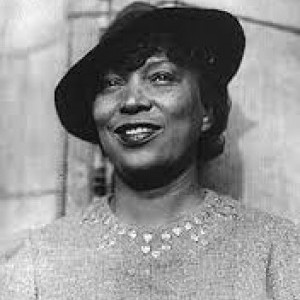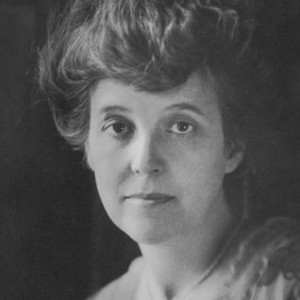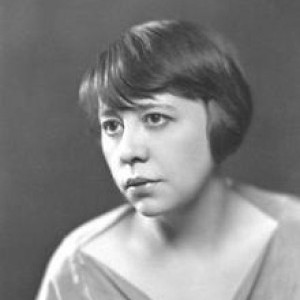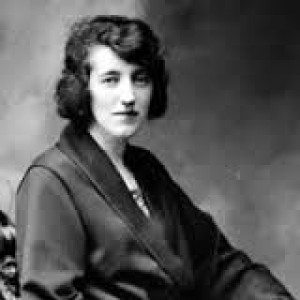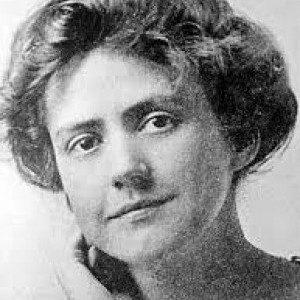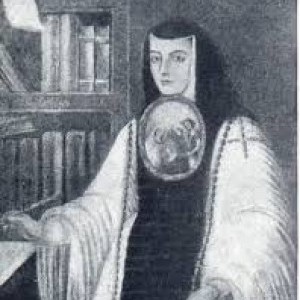The Christian Slave
About the Play
1855
Boston, 1855 (performed as a dramatic reading by Mrs. Mary E. Webb)
20 women, 14 men
Melodrama,
Three acts
- The Christian Slave has been digitized by Google Books, the link being: https://books.google.com/books?id=RSUOAQAAMAAJ&printsec=frontcover&dq=the+christian+slave&hl=en&sa=X&ved=0ahUKEwjNq8Szs4PNAhVMziYKHaCkAM8Q6AEIHDAA#v=onepage&q&f=false
- See also “The Christian Slave,” at http://utc.iath.virginia.edu/uncletom/xianslav/xshp.html, accessed Aug. 24, 2016.
Summary
This play is Harriet Beecher’s Stowe dramatization of her novel Uncle Tom’s Cabin. Focusing much more than other dramatizations on the slaves’ domestic lives, the play begins in Uncle Tom’s cabin with George Shelby helping Tom with his writing and Chloe making a cake over the stove. Through minstrel-like characterization and sentimentality, Stowe explores the white paternalism of the slave-owners and its effect on the slaves. However, by the end of the play and by Uncle Tom’s death, the tone abruptly shifts to anger and despair, as Cassy deals with her loss in faith, both in God and in human kindness.
Background
Written “Expressly”[1] for the actress Mary Webb, The Christian Slave is Stowe’s only dramatic revision and adaptation of her own Uncle Tom’s Cabin; it is also her only theatrical work. Although Uncle Tom’s Cabin had been staged many times in the 1850s, due to the lack of copyright laws, Stowe had little control over these productions.[2] It is unclear why Stowe decided to dramatize Uncle Tom’s Cabin. However, Stowe and her publishers may have had an interest in capitalizing on white audiences’ fascination with black, female public speakers.[3] During 1855-56, under the patronage of anti-slavery societies, dramatic readings of The Christian Slave were performed by Mary Webb in Philadelphia, Salem, Boston, New York, and London.[4] These readings relied little on visual spectacle and were, instead, Mary Webb standing behind a lectern, relying on the subtleties of her voice and “minstrel appropriations”[5] to convey the story. One audience member suggested in a review of the reading that people should close their eyes in order to get the full effect of the performance.[6] The play, however, has received little to no modern critical attention and remains in the shadow of Stowe’s masterpiece, Uncle Tom’s Cabin as well as more frequently anthologized dramatizations (especially George Aiken’s).
[1] Harriet Beecher Stowe, The Christian Slave. A Drama Founded on a Portion of Uncle Tom's Cabin (Boston: Phillips, Sampson &, 1855).
[2] Susan Belasco, ed. Stowe in Her Own Time: A Biographical Chronicle of Her Life, Drawn from Recollections, Interviews, and Memoirs by Family, Friends, and Associates (Iowa City: University of Iowa Press, 2009) 73.
[3] Eric Gardner, "Stowe Takes the Stage: Harriet Beecher Stowe's "The Christian Slave"" Legacy 15 (1998), 80.
[4] Judie Newman, "Writing Against Slavery: Harriet Beecher Stowe." Edited by Elizabeth J. Clapp and Julie Roy Jeffery. Women, Dissent, and Anti-Slavery in Britain and America, 1790-1865, publisher? 2011, 175-96., 186
[5] Gardner, 80.
[6] Ibid..
About the Playwright
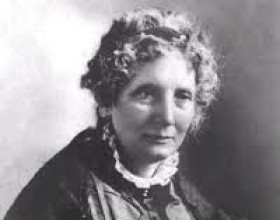
Harriet Beecher Stowe (1811-1896) Abolitionist and author of Uncle Tom’s Cabin, Harriet Beecher Stowe was at the forefront of the antebellum, anti-slavery movement. She started her career as a writer publishing articles in magazines, for which she became moderately famous, before penning what is considered her masterpiece, Uncle Tom’s Cabin (1852).[1] It was an immensely popular and provocative book—Abraham Lincoln allegedly once greeted Stowe as “the little woman who wrote that boo…
View Profile
Join & ParticipateTell Us Your Experience



